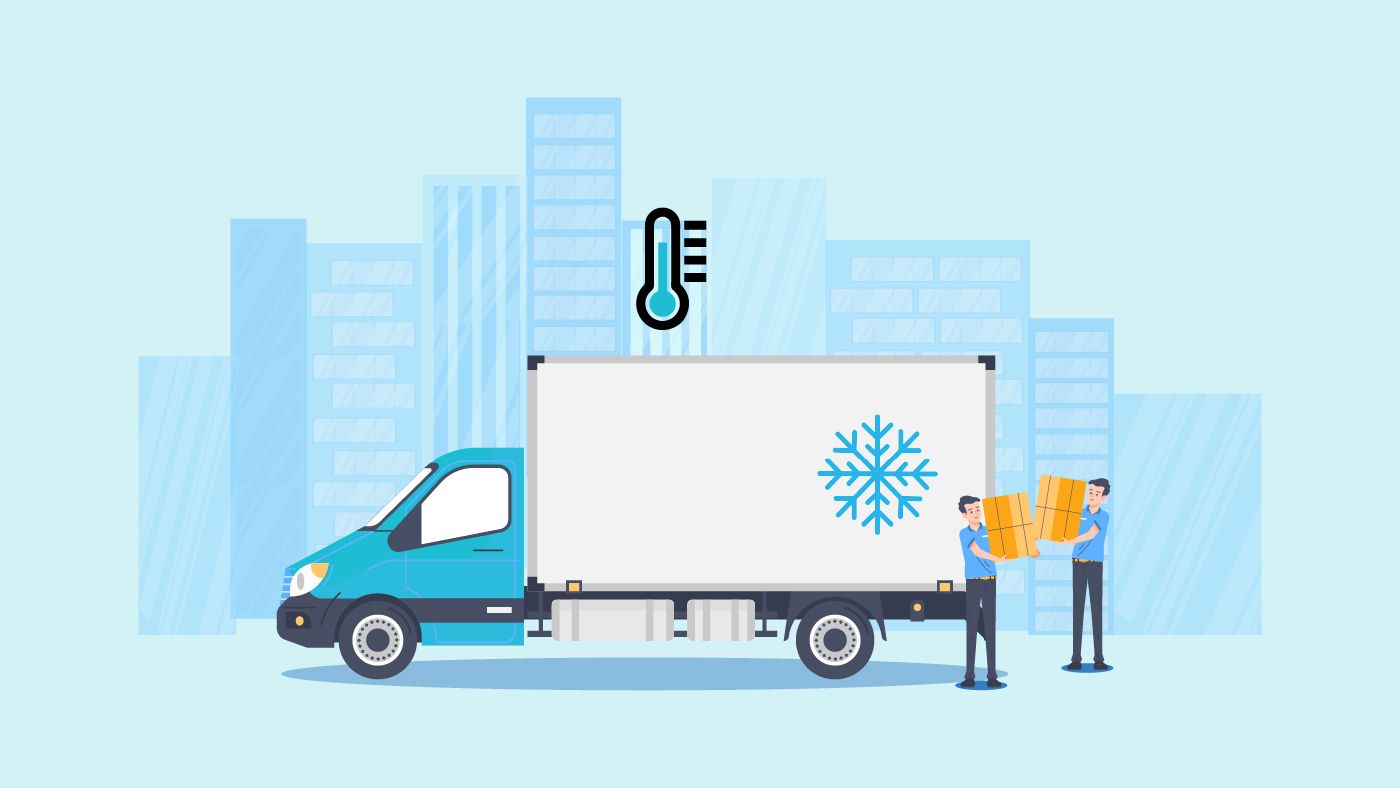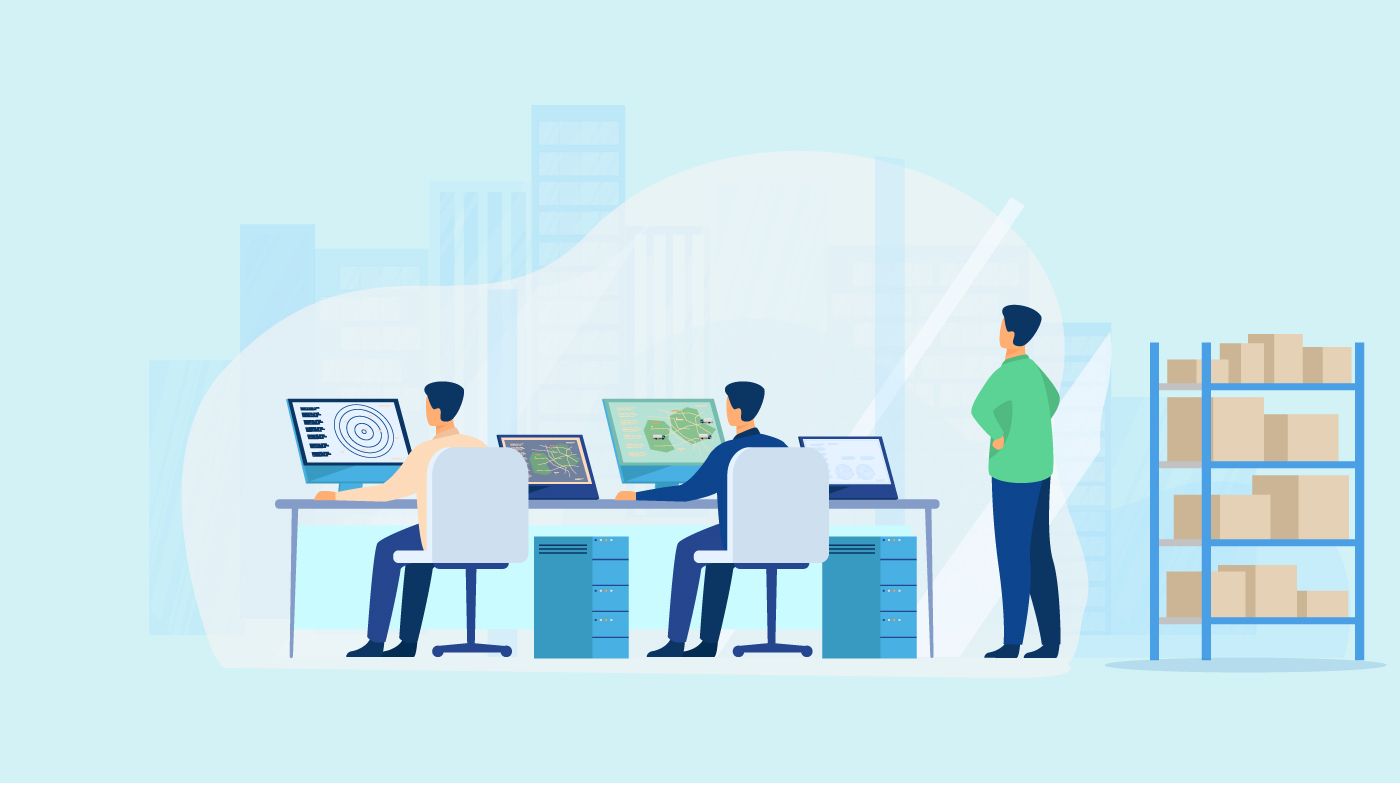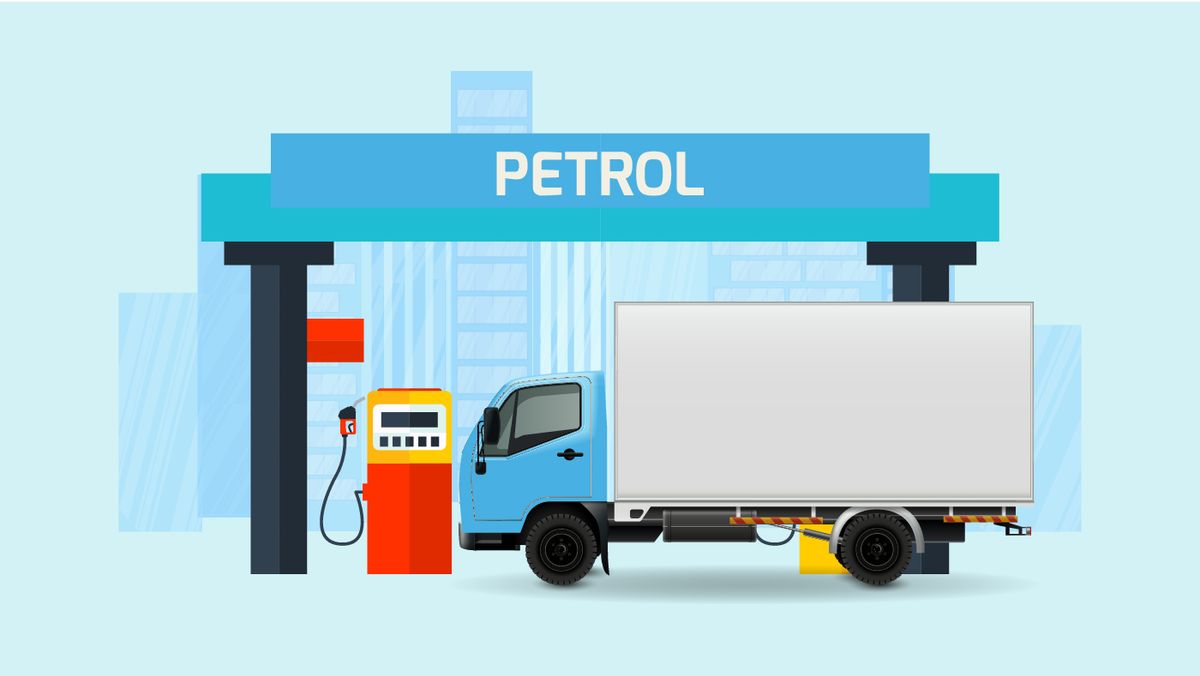
This article gives an in-depth understanding of cold chain logistics management and related mechanisms involved in the process. Furthermore, it also suggests ways in which businesses requiring cold chain logistics can further improve their management by employing better monitoring and transparency.
Cold chain logistics is one of the most crucial aspects of supply chain management which has made it possible for us to access goods that are temperature sensitive anywhere across the world. The importance of cold chain logistics was particularly highlighted during the covid-19 pandemic when challenges related to transporting vaccines made by Moderna and Pfizer across the world were being actively discussed as they required to be stored in a strictly controlled temperatures of -10 and -70 degrees respectively.
What do we mean by Cold Chain Logistics?
Cold chain logistics differ from normal logistics as cold chain logistics specializes in the storage, transport, and management of goods that are temperature sensitive. As a result, such goods are required to be stored in temperature-controlled containers loaded on trucks or other vehicles.
What goods are transported using cold chain logistics?
The list of goods that require temperature-controlled logistics is long and includes goods from a variety of sections such as medicines, vaccines, fruits, paint, and food items, among others. Cold chain logistics management makes it possible for such temperature-sensitive goods to be transported over long distances traversing the state, national, and international boundaries. Additionally, cold chain logistics is also vital for the transport of highly sensitive goods like radioactive chemicals, biological samples, and live animals.
What are some common temperature requirements in cold chain logistics?
There are several techniques currently used in cold chain logistics management. Let’s look at some of the most commonly transported goods and their temperature requirements followed by the type of technologies they employ.
- Meat or Seafood – They require deep freeze to maintain an average temperature between -28 °C to -30 °C.
- Raw food items – They are usually transported with a storage temperature between 8 °C to 13 °C.
- Most vaccines require a temperature between 2°C to 8°C while there are several other pharmaceutical products that could require a range anywhere between -70°C and 8°C.
What all factors affect cold chain logistics management?
Several factors affect decision making when it comes to logistics and transport of temperature-sensitive goods. The most crucial factor is the transit distance and the amount of time it takes for a Full-Truck Load (FTL) of temperature-sensitive goods. In addition to that the size of the cargo also plays an important role. Other factors like outside temperature, available transportation options, and packaging of goods also influence decision making when it comes to cold chain logistics management.
What are the most common technologies used in cold chain logistics management?
As discussed, cold chain logistics management also includes packaging & warehousing and businesses employ a wide variety of technology in order to ensure that the required temperature for each stage of cargo management is met. Some of the most common technologies used by businesses for cold chain logistics management are listed below.
1. Cold chain warehousing technologies that include deep freezers, walk-in freezers, and walk-in coolers. Based on the product being stored and the frequency of transportation, either of the three technologies are employed.
2. Cold chain packaging technologies include packaging temperature-sensitive goods with coolants like dry ice, gel packs, cold plates, liquid nitrogen, and quilts, among others to keep the goods at desired cool levels.
3. Cold chain transportation technologies include,
i. Reefers that could be specialized battery-powered containers or portable units offering active cooling.
ii. Ice Lined Refrigerators are large insulated containers that use passive coolants to maintain the required temperatures to maintain the temperature for goods in transportation.
iii. Air freight containers are specially designed containers designed particularly for air freight cargo transportation and are able to fit in confined spaces offered by planes.
4. Cold Chain temperature control technologies employ both passive cooling-based methods involving coolants as well as active cooling methods that use reefers and absorption, refrigerators, and evaporative cooling technologies to maintain the desired temperature of goods.
What are the different components of cold chain logistics?
Goods requiring cold chain logistics solutions are managed differently compared to regular goods.
Cargo Handling
The goods are temperature sensitive and thus their sensitivity to variation in temperature ergo their tolerance is low. Apart from that, the machinery and hardware required to manage them are also designed for specific products.
Packaging and Warehousing
The packaging and warehousing requirements of such temperature-sensitive goods also vary from product to product. For example, goods that are required to be cooled and packaged with coolants to ensure minimal temperature variation. Similarly, goods requiring high temperature are insulated when packaged in order to consistently maintain high temperature without which the goods might go bad.
High maintenance cost
Temperature-sensitive goods also have a high cost of maintenance due to operational constraints as well as transport constraints. In case there is an unforeseeable disruption during their transport or hardware failure, the losses incurred by the business are also quite high. Additionally, the insurance cost of such goods is also much higher compared to goods that do not require cold chain logistics management.
Regulatory standards and compliance
Regulations and compliance involved in handling and transporting temperature-sensitive goods such as vaccines, medicines or other sensitive chemicals are also quite complex and require strict compliance. They vary across industries and regions and thus can be severely challenging for both businesses and transporters.
Operational Constraints and Monitoring
Similarly, the operations involved in cold chain logistics management are complex and thus a one-shoe-fits-all approach cannot be used for the management and transportation of such goods. Different goods require different operational settings, making it more important for them to be constantly.
Problems in cold chain logistics management
As already discussed, cold chain logistics is quite complex and can often make managing logistics challenging and vulnerable to freight rejections by clients. The lack of proper monitoring also dents efforts to detect malfunction or disruptions early and as a result, businesses and transport suffer financial losses due to cargo rejections. Some of the most common problems in cold chain logistics management are mentioned below.
1. Lack of a uniform structure or globally accepted standard
Despite the progress in technology and improvement in infrastructure to facilitate cold chain logistics, the entire industry is still unstructured. Moreover, there is no globally accepted standard that is currently being followed or accepted across regions when it comes to compliance and due diligence.
2. Packaging malfunctions and failure
The problem of packaging malfunctions is common in the logistics industry and often is a result of bypassing the standard checks or human error. Now such issues might not cause a big issue for normal goods but for the sensitive cargo transported through cold chain logistics, it may lead to the cargo going bad.
3. Lack of monitoring leading to temperature fluctuations
Despite the available monitoring technology, cold chain logistics management still relies heavily on manual interventions to check and manage temperature fluctuations. The lack of transparency and continuous monitoring leads to failure in addressing temperature fluctuations promptly.
4. Vehicle breakdown and hardware failure
Unforeseen vehicle breakdowns are often caused by poor vehicle maintenance and hardware failure leads to temperature-sensitive cargo being exposed without assistance for a long time. The lack of real-time vehicle tracking or temperature monitoring systems can make cold chain logistics management more vulnerable to cargo going bad.
How can cold chain logistics monitoring solutions help your business?
Technology-driven cold chain logistics solutions offer businesses the ability to automate their cold chain logistics management by making it possible for businesses and transporters to monitor their cargo 24x7 in real-time. Cold chain monitoring solutions use temperature sensors to monitor the temperature fluctuations in refrigerated vehicles, thus, making it easier for fleet managers to keep temperature checks for each vehicle throughout the transit.
Cold chain logistics monitoring solutions also offer other features such as automatic logging of temperature with timestamps, spoilage alerts, data-based predictive analysis which helps businesses reduce shipment spoilage and rejected load claims, foreseeing temperature problems, strengthening due diligence and improving the overall transparency of the entire operation.
Lastly, combining cold chain logistics monitoring with vehicle tracking and fleet management systems makes it easier for businesses and transporters to track their fleet in real-time while monitoring for temperature fluctuations at the same time. It also makes it easier to take prompt actions in case of vehicle breakdown or accidents and prevent considerable losses to them.
Conclusion
Businesses need to incorporate technology when it comes to cold chain logistics management in order to keep up with the competition but moreover to prevent unwanted spoilage and cargo rejections which will make their businesses more economically sustainable. And in order to do that the first step is to improve transparency and tracking when it comes to cold chain logistics.
What is cold chain logistics & management?
Products that need to be kept at the chilled temperatures that consumers expect are managed through the cold chain. It qualifies as a process since it entails carrying out a series of operations to prepare, store, and move products along the cold supply chain.
What is meant by cold logistics?
Transporting temperature-sensitive goods like food, equipment, and bio-pharmaceutical drugs is known as "cold chain logistics."






